Business
Carney government’s throne speech—different delivery, same old approach to policy
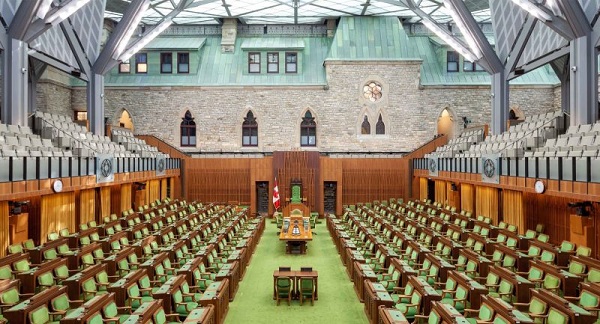
From the Fraser Institute
By Jake Fuss and Grady Munro
For the first time in nearly 70 years, the speech from the throne—which marks the opening of a new Parliament and lays out the government’s policy priorities for the coming term—was delivered directly by Canada’s sovereign, King Charles III, as opposed to the governor general (his representative in Canada). A key theme throughout the speech was the idea of change, and that the Carney government has the opportunity to transform the Canadian economy.
But while Canada certainly needs change, peeling back the rhetoric reveals the government plans to utilize much of the same strategies as its predecessor when addressing the country’s problems. Consider the following three examples.
A New Fiscal Approach
Throughout the election, and again during the throne speech, the Carney government promised a new fiscal principle that will guide all of its actions—“spend less to invest more.” This “new fiscal discipline” is intended to depart from the fiscal approach of the previous government—which Prime Minister Mark Carney has said spent “too much.” To “spend less,” the government plans to split spending into two separate budgets—an operating and capital budget—and slow growth in operating spending to balance the operating budget over the next three years.
The problem is the government’s fiscal math simply doesn’t add up. In the speech, the government commits to major new investments in national defence and law enforcement, and personal income tax cuts—all of which put pressure on the budget. The government rightly identifies the need to cut spending elsewhere to offset this pressure, but essentially hamstrings efforts to rein in spending by taking approximately three-quarters of the budget—including (but not limited to) all transfers to provinces, territories and individuals, and major programs such as national dental care, pharmacare and daycare—off the table.
What is the result of the Carney government’s new fiscal approach? The government will spend more in total, run larger deficits and take on more debt over the next four years than was previously planned by the Trudeau government. Constantly hitting the gas on spending and debt is the same strategy that Carney’s predecessor employed time and time again.
Building the Strongest Economy in the G7
According to the throne speech, the government’s “core mission” is to “build the strongest economy in the G7.” Part of the government’s plan to do this is by removing internal trade barriers—something that has been long overdue—but there’s only so much the federal government can do, as much of the work must be done by the provinces. Missing from the speech was a comprehensive plan to reform and reduce taxes to promote economic growth, along with a clear commitment to dismantle the costly regulatory regime of the Trudeau government.
Canada’s tax system represents a significant drag on the Canadian economy, and while the Carney government plans to lower the bottom federal personal income tax (PIT) rate from 15 per cent to 14 per cent, this change will do little to increase economic growth because it will not meaningfully improve the economic incentives to work, save and invest, nor will it make Canada much better at attracting and retaining professionals, business owners and entrepreneurs. More ambitious and broad-based reforms and tax cuts are needed to make a meaningful impact on growth.
Similarly, it’s unclear whether the Carney government is willing to meaningfully depart from the regulatory regime of the Trudeau government. A number of studies have highlighted how overburdensome regulations implemented under the previous government (including Bill C-69 and the federal emissions cap) act as a major deterrent for the investments and projects needed to grow the economy.
However, despite the Carney government’s commitments to “catalyze” investments and projects while making Canada an “energy superpower,” the government has sent mixed signals regarding its willingness to significantly depart from the previous government’s approach to regulation and the energy sector.
Expanding Role of Federal Government
During the last decade under the Trudeau government, Canada experienced one of the largest increases in the size of government of any advanced country, in large part due to the previous government’s tendency to expand the federal government’s role in the economy (national dental care, pharmacare, daycare, etc.). Unfortunately, the throne speech suggests the Carney government will repeat these mistakes and continue to expand the federal government’s role in the economy.
For example, the government plans to speed up the time it takes to approve major projects within Canada to incentivize new investments and grow the economy. However, instead of eliminating the costly and burdensome regulations that make it hard to build projects in Canada, the Carney government plans to create a new government entity—the Major Federal Project Office—to reduce approval times. In other words, the government will create more bureaucracy and regulation to try and solve a problem created by too much regulation.
Similarly, in its efforts to spur new homebuilding, the Carney government will create another new federal entity called Build Canada Homes, which will “get the government back in the business of building” by acting as a developer to build affordable housing while also providing financing to other affordable homebuilders. However, by increasing the federal government’s role in the economy, and continuing to expand bureaucratic influence, the government is unlikely to “catalyze” significant new homebuilding but it will likely expose taxpayers to significant risks.
Due to the presence of King Charles III, the delivery of this year’s speech from the throne differed significantly from years past. However, in substance, the Carney government promises much of the same.
Automotive
Elon Musk Poised To Become World’s First Trillionaire After Shareholder Vote
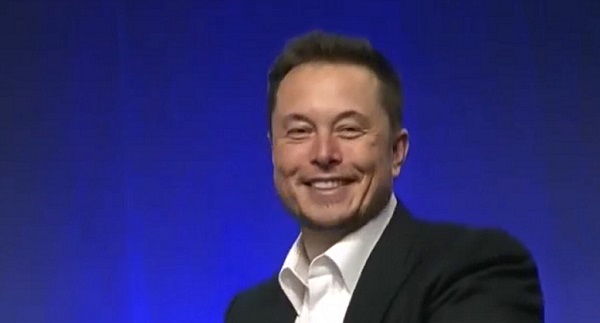

From the Daily Caller News Foundation
At Tesla’s Austin headquarters, investors backed Musk’s 12-step plan that ties his potential trillion-dollar payout to a series of aggressive financial and operational milestones, including raising the company’s valuation from roughly $1.4 trillion to $8.5 trillion and selling one million humanoid robots within a decade. Musk hailed the outcome as a turning point for Tesla’s future.
“What we’re about to embark upon is not merely a new chapter of the future of Tesla but a whole new book,” Musk said, as The New York Times reported.
Dear Readers:
As a nonprofit, we are dependent on the generosity of our readers.
Please consider making a small donation of any amount here.
Thank you!
The decision cements investor confidence in Musk’s “moonshot” management style and reinforces the belief that Tesla’s success depends heavily on its founder and his leadership.
Tesla Annual meeting starting now
https://t.co/j1KHf3k6ch— Elon Musk (@elonmusk) November 6, 2025
“Those who claim the plan is ‘too large’ ignore the scale of ambition that has historically defined Tesla’s trajectory,” the Florida State Board of Administration said in a securities filing describing why it voted for Mr. Musk’s pay plan. “A company that went from near bankruptcy to global leadership in E.V.s and clean energy under similar frameworks has earned the right to use incentive models that reward moonshot performance.”
Investors like Ark Invest CEO Cathie Wood defended Tesla’s decision, saying the plan aligns shareholder rewards with company performance.
“I do not understand why investors are voting against Elon’s pay package when they and their clients would benefit enormously if he and his incredible team meet such high goals,” Wood wrote on X.
Norway’s sovereign wealth fund, Norges Bank Investment Management — one of Tesla’s largest shareholders — broke ranks, however, and voted against the pay plan, saying that the package was excessive.
“While we appreciate the significant value created under Mr. Musk’s visionary role, we are concerned about the total size of the award, dilution, and lack of mitigation of key person risk,” the firm said.
The vote comes months after Musk wrapped up his short-lived government role under President Donald Trump. In February, Musk and his Department of Government Efficiency (DOGE) team sparked a firestorm when they announced plans to eliminate the U.S. Agency for International Development, drawing backlash from Democrats and prompting protests targeting Musk and his companies, including Tesla.
Back in May, Musk announced that his “scheduled time” leading DOGE had ended.
Business
Carney’s Deficit Numbers Deserve Scrutiny After Trudeau’s Forecasting Failures
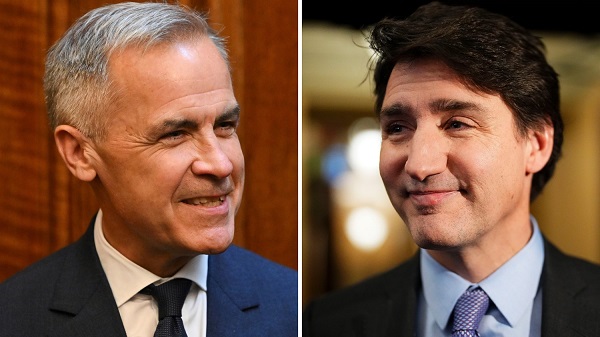
From the Frontier Centre for Public Policy
By Conrad Eder
Frontier Centre for Public Policy study reveals a decade of inflated Liberal forecasts—a track record that casts a long shadow over Carney’s first budget
The Frontier Centre for Public Policy has released a major new study revealing that the Trudeau government’s federal budget forecasts from 2016 to 2025 were consistently inaccurate and biased — a record that casts serious doubt on the projections in Prime Minister Mark Carney’s first budget.
Carney’s 2025–26 federal budget forecasts a $78.3-billion deficit — twice the size projected last year and four times what was forecast in Budget 2022. But if recent history is any guide, Canadians have good reason to question whether even this ballooning deficit reflects fiscal reality.
The 4,000-word study, Measuring Federal Budgetary Balance Forecasting Accuracy and Bias, by Frontier Centre policy analyst Conrad Eder, finds that forecast accuracy collapsed after the Trudeau government took office:
- Current-year forecasts were off by an average of $22.9 billion, or one per cent of GDP.
- Four-year forecasts missed the mark by an average of $94.4 billion, or four per cent of GDP.
- Long-term projections consistently overstated Canada’s fiscal health, showing a clear optimism bias.
Eder’s analysis shows that every three- and four-year forecast under Trudeau predicted a stronger financial position than what actually occurred, masking the true scale of deficits and debt accumulation. The study concludes that this reflects a systemic optimism bias, likely rooted in political incentives: short-term optics with no regard to long-term consequences.
“With Prime Minister Carney now setting Canada’s fiscal direction, it’s critical to assess his projections in light of this track record,” said Eder. “The pattern of bias and inaccuracy under previous Liberal governments gives reason to doubt the credibility of claims that deficits will shrink over time. Canadians deserve fiscal forecasts that are credible and transparent — not political messaging disguised as economic planning.”
The study warns that persistent optimism bias erodes fiscal accountability, weakens public trust and limits citizens’ ability to hold government to account — a threat to both economic sustainability and democratic transparency.
-

 Justice1 day ago
Justice1 day agoCarney government lets Supreme Court decision stand despite outrage over child porn ruling
-

 Business1 day ago
Business1 day agoCarney’s budget spares tax status of Canadian churches, pro-life groups after backlash
-

 COVID-191 day ago
COVID-191 day agoFreedom Convoy leader Tamara Lich to appeal her recent conviction
-
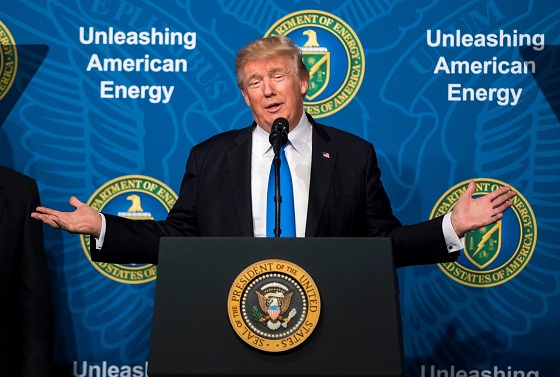
 Daily Caller2 days ago
Daily Caller2 days agoUS Eating Canada’s Lunch While Liberals Stall – Trump Admin Announces Record-Shattering Energy Report
-

 Business2 days ago
Business2 days agoThe Liberal budget is a massive FAILURE: Former Liberal Cabinet Member Dan McTeague
-

 Daily Caller1 day ago
Daily Caller1 day agoUN Chief Rages Against Dying Of Climate Alarm Light
-
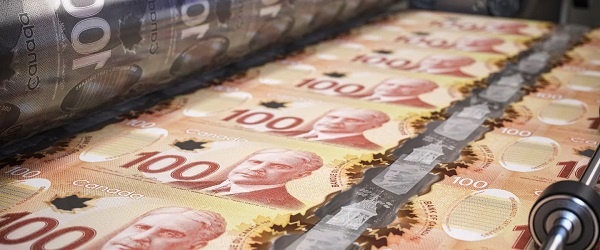
 Business2 days ago
Business2 days agoPulling back the curtain on the Carney government’s first budget
-

 Energy2 days ago
Energy2 days agoEby should put up, shut up, or pay up












